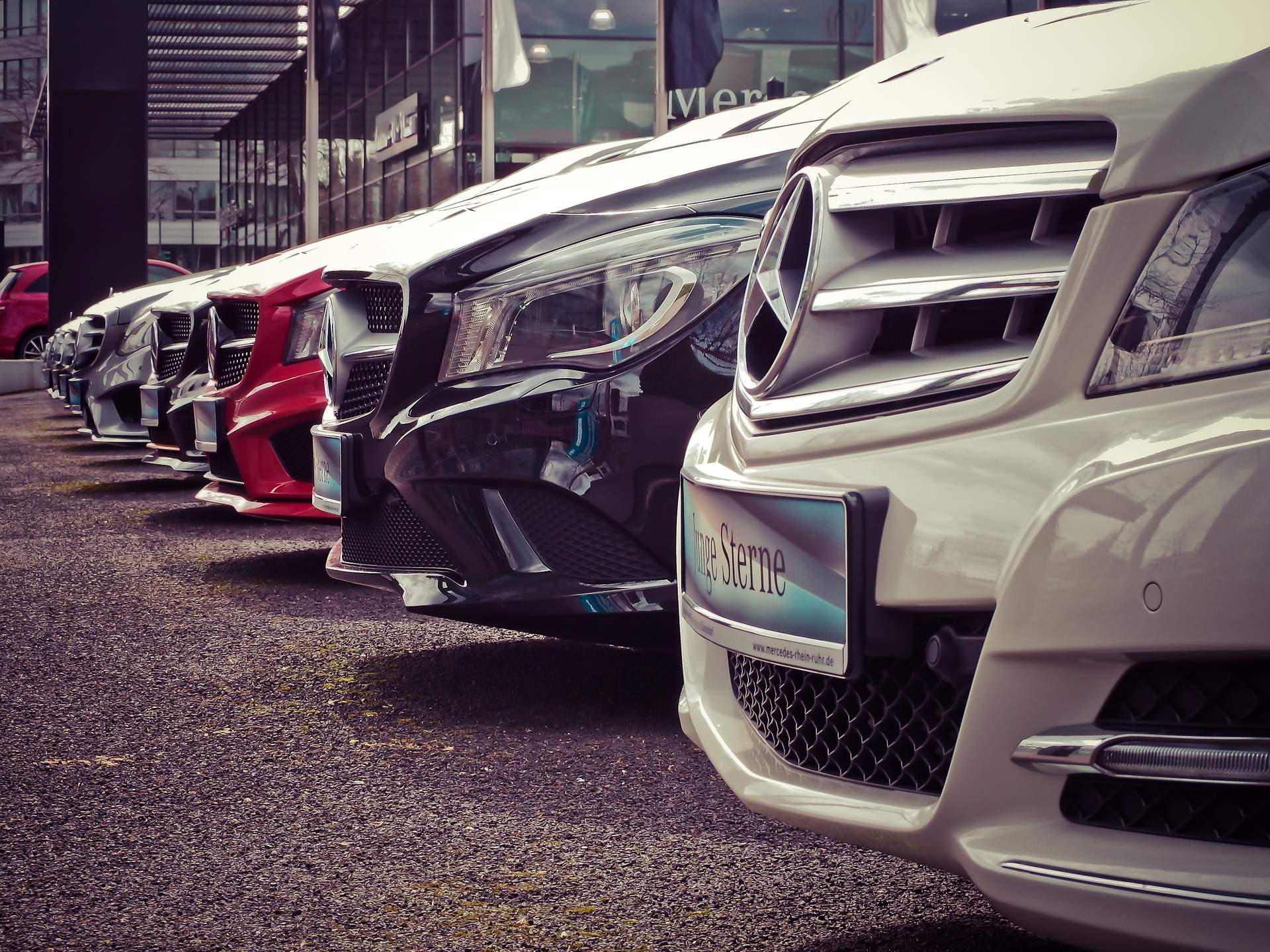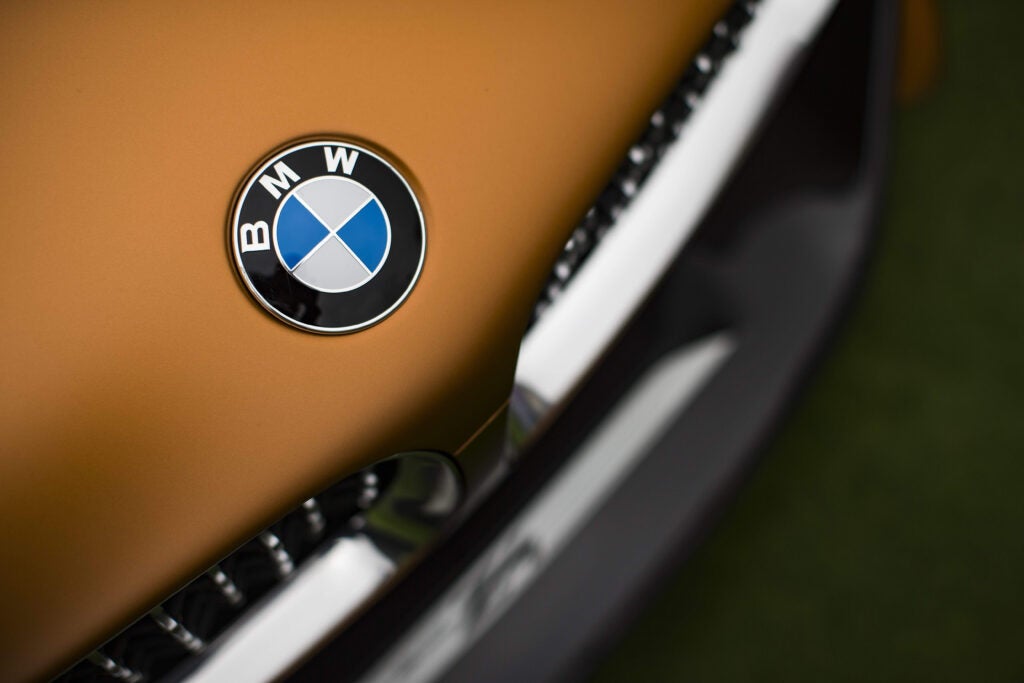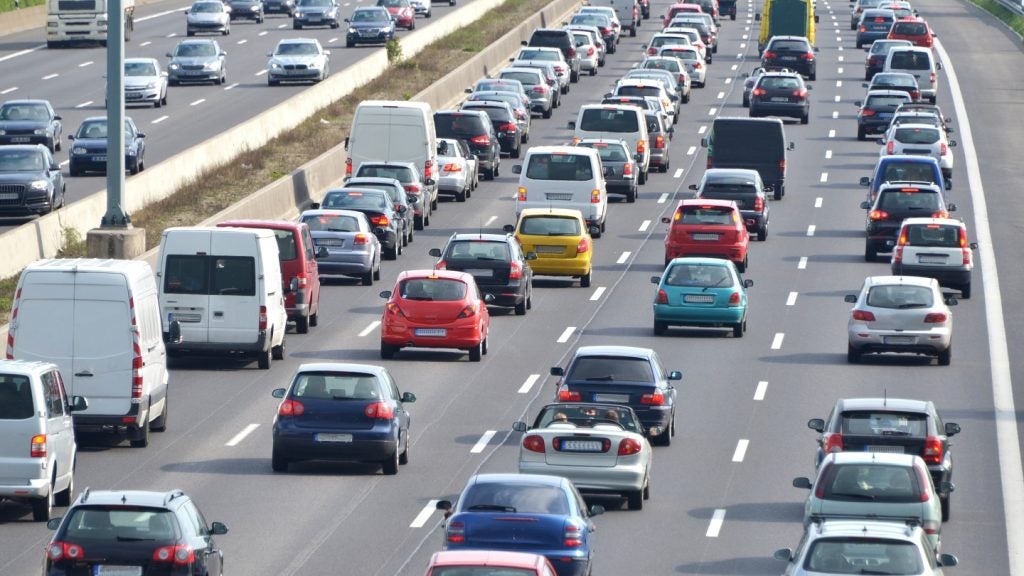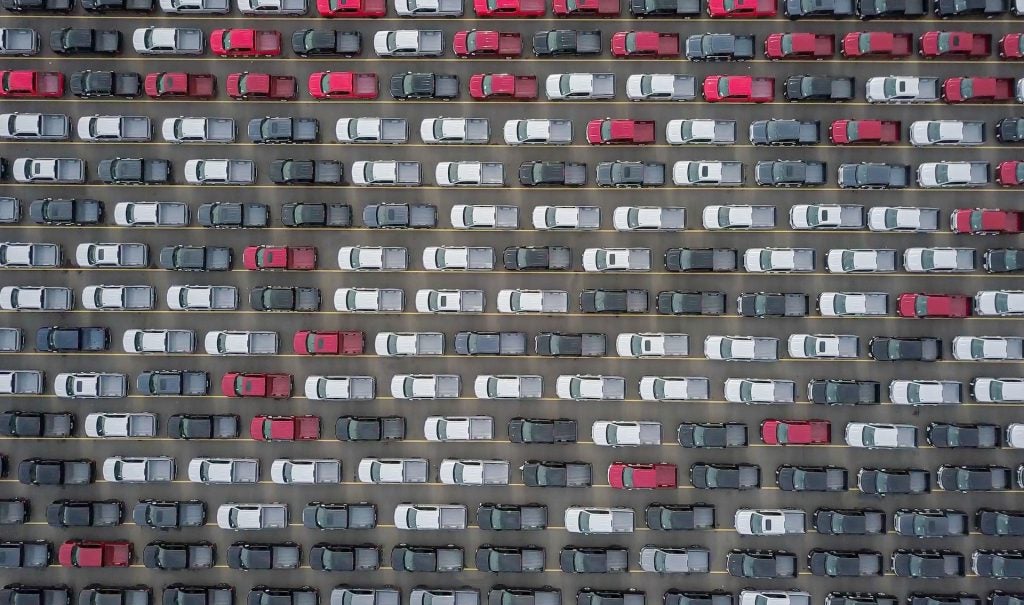
Petrol car sales in western EU countries have overtaken those for diesel for the first time since 2009, the European Automobile Manufacturers’ Association (ACEA) has reported.
In the first half of 2017, diesel’s market share for the EU-15 (the EU member countries as of the 1995 enlargement) fell from 50.2% to 46.3%, while petrol rose from 45.8% to 48.5%.
In absolute numbers, this equalled 150,000 less diesel cars and 330,000 more petrol ones sold.
The offset from the rise in petrol meant that total sales were still up 4% year-on-year with 7,26m vehicles.
ACEA secretary general, Erika Jonnaert, said: “Alternative powertrains will undoubtedly play an increasing role in the transport mix, and all European manufacturers are investing heavily in them.
“To this end, more needs to be done to encourage consumers to buy alternatively-powered vehicles, for instance by putting in place the right incentives and deploying recharging infrastructure across the EU.
How well do you really know your competitors?
Access the most comprehensive Company Profiles on the market, powered by GlobalData. Save hours of research. Gain competitive edge.

Thank you!
Your download email will arrive shortly
Not ready to buy yet? Download a free sample
We are confident about the unique quality of our Company Profiles. However, we want you to make the most beneficial decision for your business, so we offer a free sample that you can download by submitting the below form
By GlobalData“In the meantime, however, as diesel cars emit significantly less CO2 than equivalent petrol-powered vehicles, they will have to be part of the gradual transition to low-carbon vehicles, acting as a ‘bridge’ technology.”







